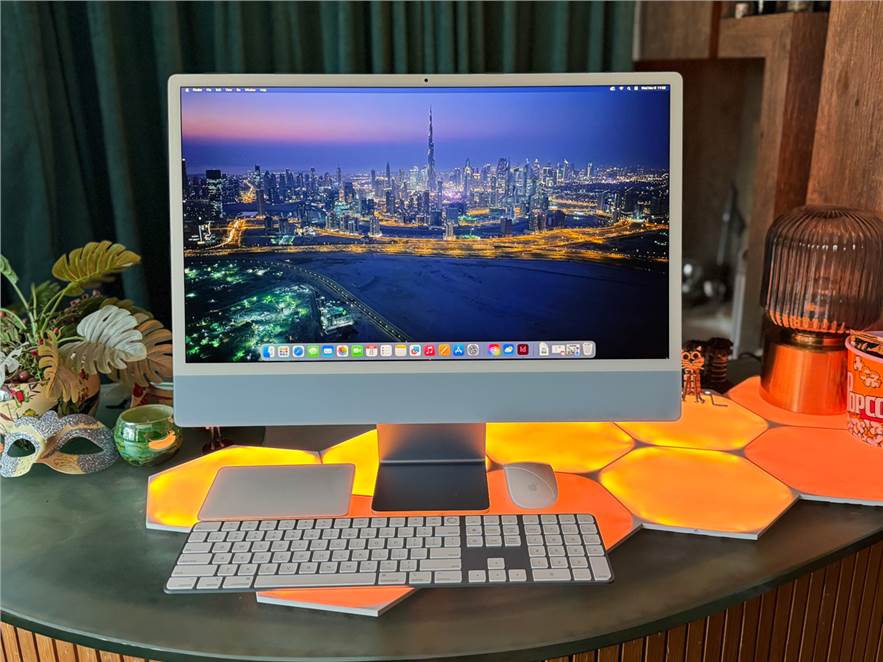Like a proud parent sprucing up their kids for the holiday season, Apple dresses up its family with the newest threads of silicon for the annual march up to Christmas. The family-friendly iMac was ignored in 2022 but Apple is making it right by making it one of the first off the block with the latest M3 chips, built on the 3nm manufacturing process that is so complex that Apple is the only major brand currently using it in its ARM architecture chips. There are inherent benefits to having more processing power on a single, unified chip as opposed to discrete devices and Apple prides itself on the “performance-per-watt” metric, which illustrates how power-efficient its M family of processors is. Now, the iMac is a peculiar machine and regardless of whether you want to FaceTime your friend in Finland with a life-size face or edit a viral video in half the time you would otherwise, it’s always been the go-to desktop machine for everyone.

.jpg&w=35&h=35&c=1)












